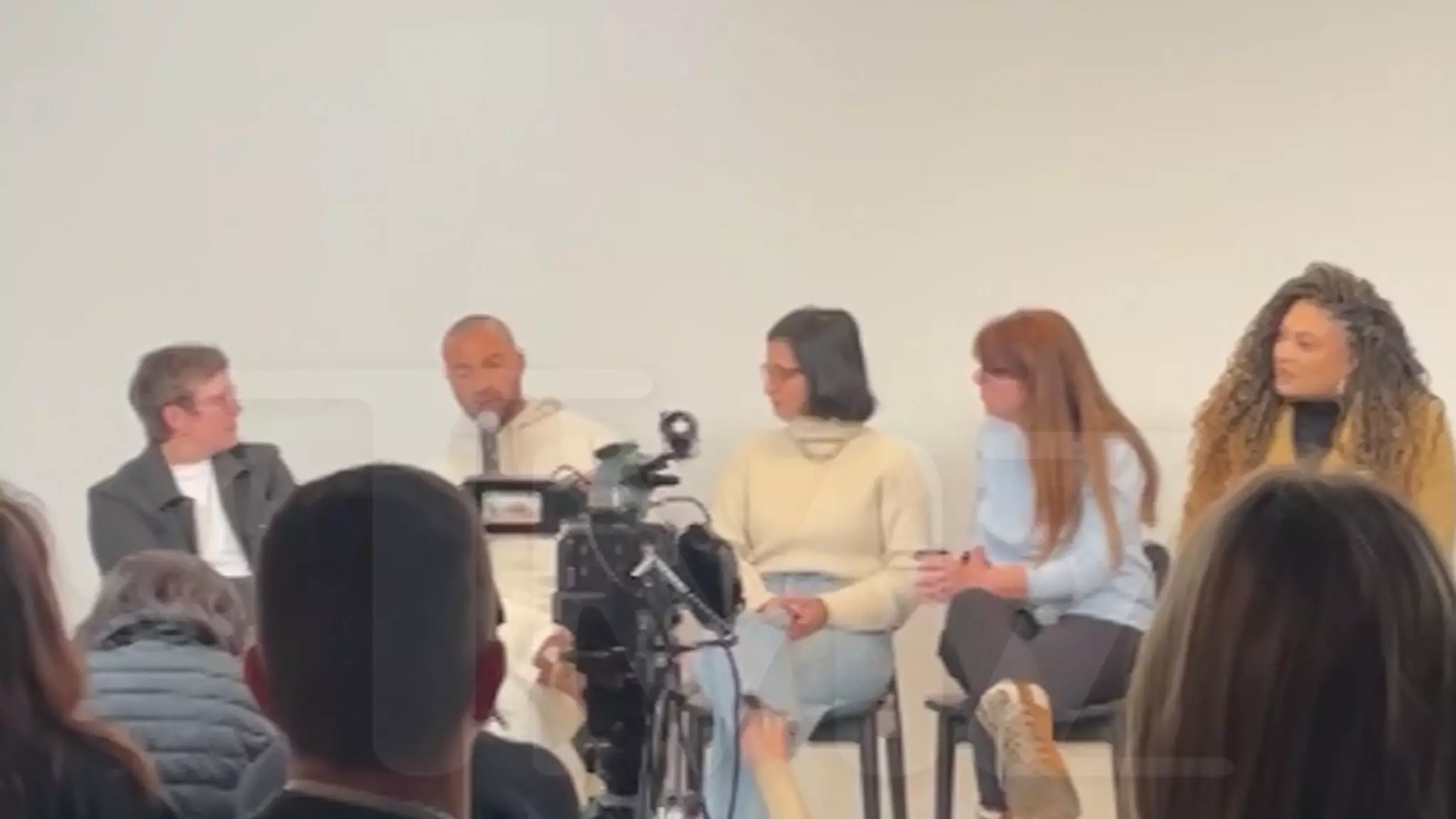In the swirling currents of contemporary cinema, the topic of diversity is both urgent and intricate. The recent remarks made by actor Jesse Williams during a panel at the Sundance Film Festival shed light on this critical issue. His thoughts encapsulate a growing sentiment among creators and audiences alike: the dire need for genuine inclusion as opposed to superficial gestures. As the film industry grapples with representation, it’s crucial to discern between sincere efforts and performative actions that risk diluting the conversation.
Williams elaborates on two distinct avenues of promoting diversity in films—one is authentic and rooted in the intention to create equitable spaces, while the other is merely a façade. He mentions the troubling phenomenon of companies and individuals rushing to display their commitment to diversity, such as social media activists posting a black square in the wake of George Floyd’s death. These actions, while well-meaning for some, often lack follow-up and can easily devolve into performative activism. This disparity raises a vital question: what constitutes real change in the industry?
The actor’s critique draws attention to the uncomfortable reality that organizations may prioritize the optics of diversity over actual systemic change. For instance, hiring diversity consultants tasked only with ‘policing’ racism instead of instilling policies that prevent discrimination altogether highlights a deep-seated flaw in approach. This method essentially commodifies diversity, transforming it into a check-box exercise rather than an enduring commitment to inclusivity.
Williams’ perspective emphasizes that the crux of sustainable diversity lies in empowerment. He argues that effective change must be driven by individuals from diverse backgrounds in positions of influence. When minority voices lead the charge, the narratives they tell are inevitably richer and more representative of the complexities within their communities. True representation goes beyond mere hiring quotas; it involves fostering an environment where diverse storytelling can thrive.
The challenges presented by current socio-political climates, such as the recent executive orders affecting diversity, equity, and inclusion (DEI) programs in federal sectors, further complicate this landscape. While some organizations have begun to downplay their DEI initiatives, the question remains whether this will stifle genuine progress or motivate a more thoughtful approach to diversity in film.
Looking to the future, Jesse Williams remains cautiously optimistic. He believes in the potential for growth and transformation within the film industry. However, the success of these endeavors hinges on collective efforts to dismantle performative practices. The industry must not only champion diversity but also eschew superficiality and embrace the complexities that come with genuine inclusion.
The film community must remain vigilant against reverting to old habits of performative diversity. Audiences are increasingly discerning, and they demand authenticity. If the industry can harness the momentum behind genuine diversity initiatives and empower those who have historically been sidelined, the landscape of cinema has the potential to evolve into a far more inclusive and varied space where every voice has the opportunity to be heard.

Leave a Reply